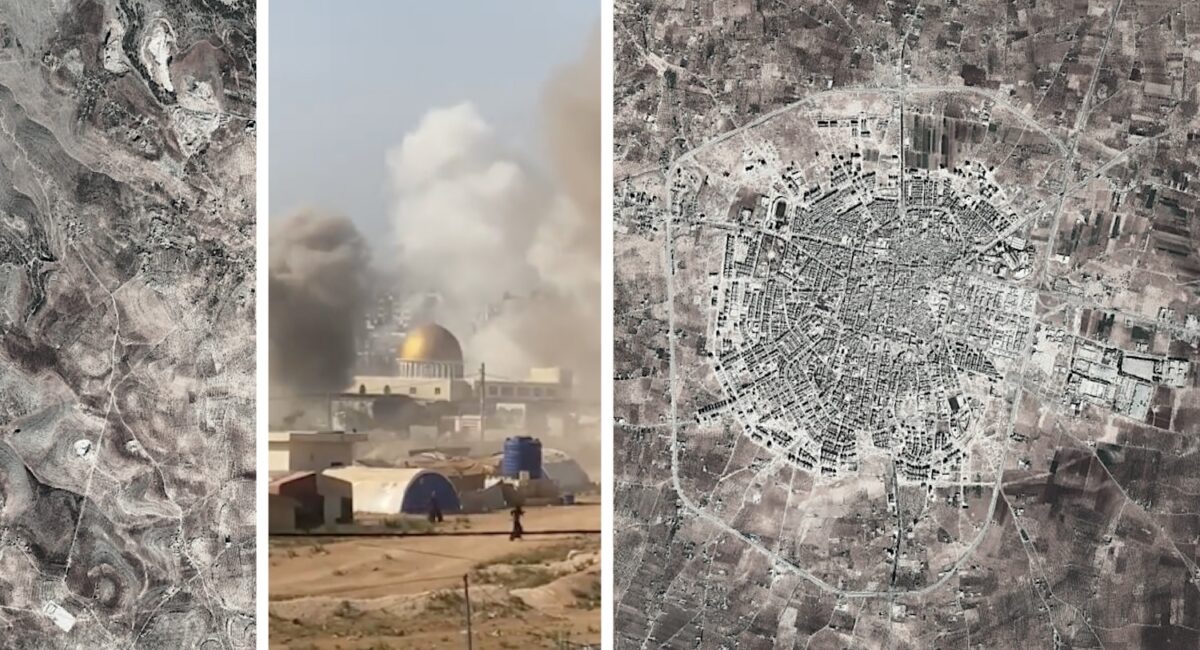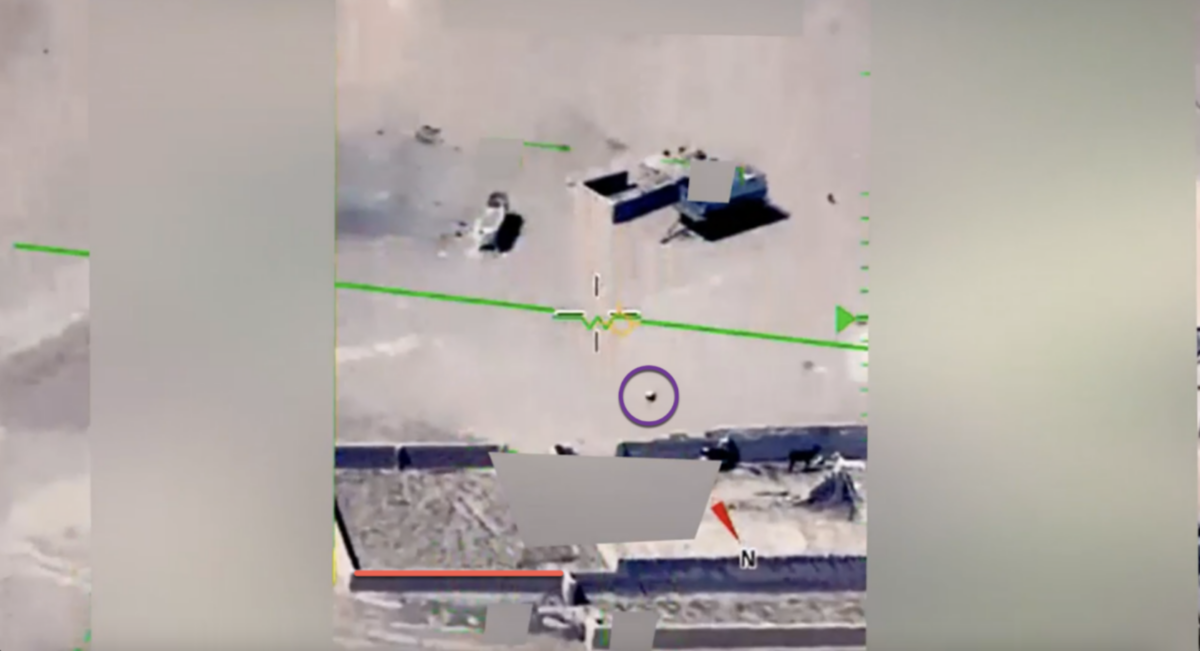Getting the Message Out: Coordinating International and Regional Communication in the Syrian Conflict
Tracing the evolution of communication in the Syrian conflict reveals complex networks of coordination. The lack of direct access is at the core of this evolution—for international actors to provide humanitarian and monitoring support, for regional actors to be included in the decision- making process, and for civilians’ concerns and experiences to be considered. Changing approaches to communication have taken center stage to overcome these barriers. While communication strategies develop to leverage the strength of representative messaging, more effective coordination among regional and international organizations is needed.
Through mapping the coordination of regional and international networks, surveying capacity-building efforts, and analyzing changing theories of change, this report assesses how communication has shaped and been shaped in the Syrian conflict. Prepared by graduate student consultants at the Central European University School of Public Policy for Bellingcat, this report is based on findings from 30 interviews from international and regional organizations working in the context of the Syrian conflict. Upon surveying the sort of networks formed, it analyzes their effectiveness. The report further discusses strategies to bridge the work of local and international organizations. It concludes by observing possible organizational theories of change. This report seeks to offer support for organizations working in the context of the Syrian conflict. For other conflicts likewise, this report seeks to understand the opportunities and challenges that arise when designing a communications strategy.
The full report by Vinicius Gorczeski, Judit Ignácz, Jacob McGrew, and Nora Palandjian can be downloaded here.


